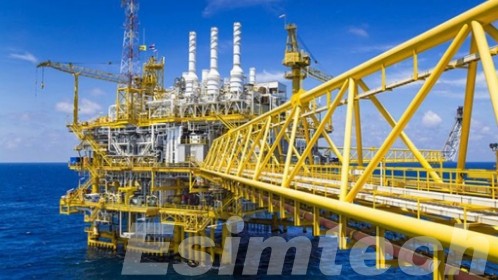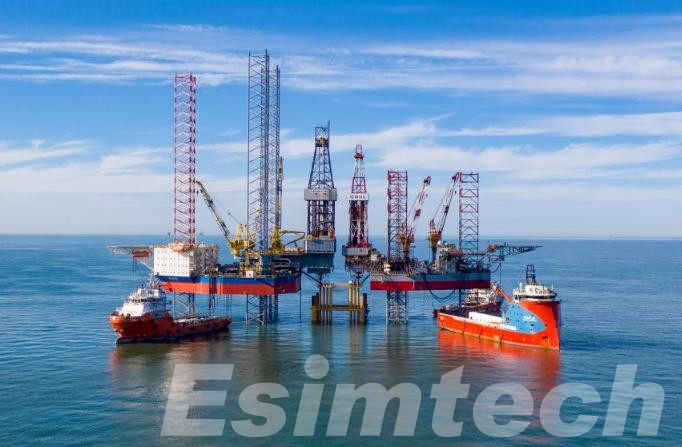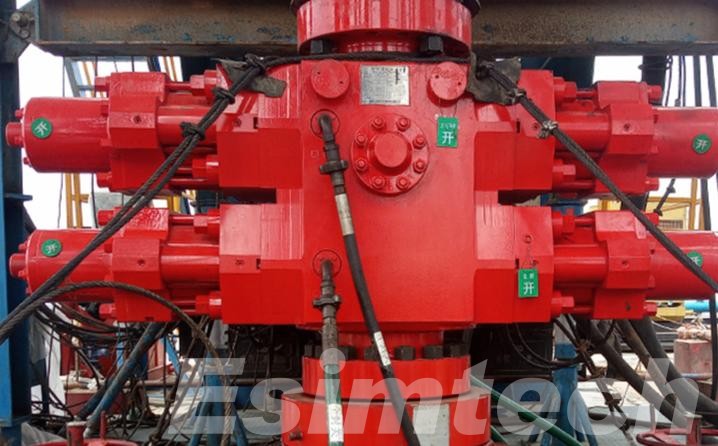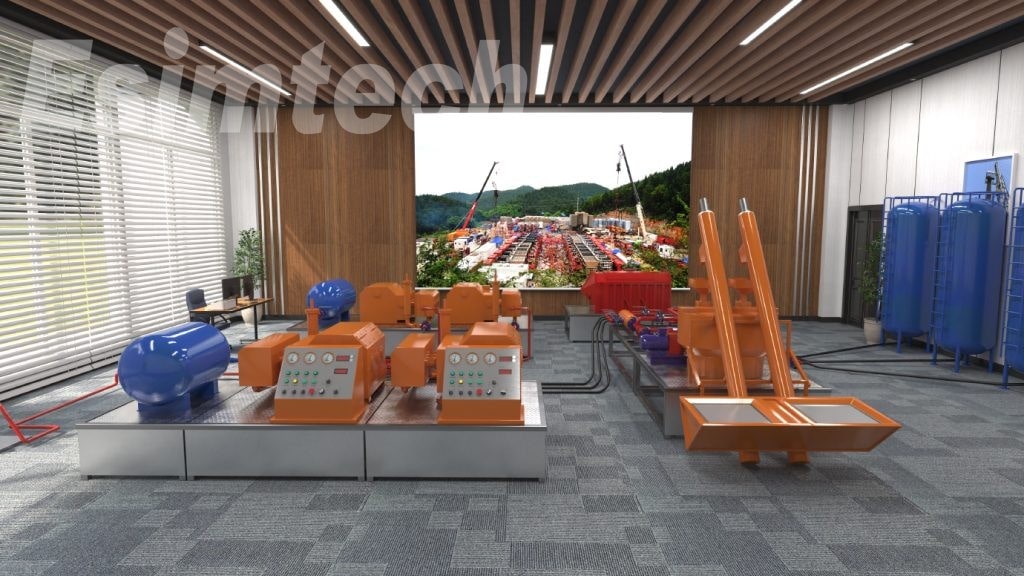How Offshore Well Completion Technologies Are Reducing Operational Costs
Completion marks the last major step in bringing an offshore well online; it is the moment the borehole is fitted for the actual recovery of oil or gas. Because crews work dozens of miles at sea, the procedure tends to be pricey, yet recent technical leaps have trimmed both time and expenditure by streamlining equipment and processes. This article surveys those new tools and methods to show how they boost Well Completion output even as they shave the bottom line.
What is Offshore Well Completion?

Completing an offshore well represents the last, yet most critical, step in readying a drilled bore for actual production. In this phase, engineers set a series of indispensable items- casing, tubing, packers, and full wellhead gear- so that hydrocarbons can flow safely and efficiently.
Because wells at sea sit beneath miles of water and face constant battering from salt and pressure, offshore jobs bring hurdles that land rigs seldom meet. Crews, therefore, design fittings that endure corrosive currents, relentless stress, and the crushing weight of deepwater while still leaving room to boost output. The core activities in that effort are these:
- Punching holes in the casing so oil and gas can enter the well stream.
- Adding screens or gravel-pack gear that blocks sand from drifting up.
- Lowering the production pipe that will carry the product to the platform.
- Fitting safety valves that seal the flow if pressures stray beyond limits.
New tools-including smart completion systems that report downhole data in real time-are remodeling this routine, cutting intervention trips and raising uptime. When firms finish subsea wells in the smartest way, they lift recovery volumes, trim expenditures, and stretch a well’s useful life, so the job stands as a linchpin of offshore exploration.
The High-Cost Landscape of Offshore Operations

Completing an offshore oil well costs a small fortune because working at sea is never easy and always exposes gear to fierce weather and salt corrosion. Unlike land rigs, offshore projects run into unique money-draining problems at every phase, starting with planning and ending long after the first oil is flowing.
- One big line on the budget is the kit itself. Barges, floating platforms, subsea trees, and high-pressure, high-temperature tools soak up cash even before they leave the yard. Once on site, the salty sea air forces crews to swap parts and upgrade systems far more often than on land.
- People and freight push the numbers up, too. Specialized engineers and rig hands have to fly in, live cramped for weeks, and be flown out at the first storm. Chartering helicopters and supply boats to move crew and spare parts in distant waters can add millions, especially when the nearest airport is hours away.
- Costs also balloon whenever work stops. Squalls, misfires, or a late inspector can freeze planned runs and stretch schedules, yet the clock keeps ticking on daily rig rates. Deep and ultra-deep wells are hit hardest because tools stuck far below the surface take days to reach and repair.
- Rules set by governments and host nations slam the door behind every big contract unless safety and spill plans are bulletproof. Real-time sensors, blowout preventers, containment cages, and full-drill drill-team drills are great for the environment but tough on the pocket.

Together, these headaches turn offshore completion into one of the priciest undertakings in the whole oil-and-gas world. The upside is that every new dollar spent under the waves tends to unlock fields bigger than most land discoveries. Thanks to fresh technologies-such as automated inspections, drones, and remote analytics-producers are slowly trimming those fat bills while boosting safety and output.
How Offshore Well Completion Technologies Reduce Operational Costs
Offshore well completion is changing fast, thanks to new tools that boost efficiency and cut costs. The list below looks at the biggest innovations that save money in the field.
1. Intelligent Well Completions
Intelligent completions pack downhole sensors, real-time monitoring, and remote control into a single unit. They tweak flow rates, spot problems early, and limit trips to the rig. By cutting workovers, operators keep more oil and save millions on day rates and crews.
2. Multizone Completion Systems
In the past, each pay zone needed its string, adding time and expense. Multizone systems let producers pull from several layers at once through one bore. The result is shorter drilling programs, lower rig bills, and higher output from every well.
3. Expandable Liner Hangers
Expandable hangers seal tight under high pressure and cut the number of casing runs. That speeds install, trims steel costs, and frees up rig time. Their rugged build also boosts strength and reliability in deepwater and ultra-deep wells.
4. Well Completion Operation Simulators
Cutting-edge well completion operation simulators let engineers walk through a completion job long before the rig arrives. These virtual twins guide tool choices, flag trouble spots, and tighten work sequences, so crews spend less time guessing on location. By shrinking on-site trial-and-error, simulators slash non-productive time and save the money that blunders can wipe out.

5. Advanced Sand Control Techniques
Sand can scratch machinery and halt production, so modern operators rely on tools like frac packs, fine mesh screens, and resin-coated gravel to keep it out without choking flow. These measures extend a wells life, cut upkeep bills, and keep crews on the rig, all of which slash expensive downtime.
6. Subsea Processing Systems
By locating separators, pumps, and compressors on the sea floor, subsea plants free operators from bulky topside decks and their costly support systems. The approach trims surface infrastructure budgets and eeks out extra production by processing fluids where pressure is highest.
By leaning on such innovations, operators drive down offshore completion budgets while raising safety and efficiency bars. Real-time sensors, automation, and forward-looking models work together to turn rough environments into smarter, leaner work sites.
What’s Next for Offshore Well Completion Technologies?
The offshore well-completion field is changing fast because companies are putting digital tools to work, responding to greener goals, and chasing quicker, leaner operations.
- AI and Automation for Smarter Completions: Artificial intelligence and machine-learning models will learn from every run and guide crew choices in real time. Predictive dashboards will warn of parts that could fail, suggest the sweet spot for output, and even tune downhole gear on the fly, cutting costly waits and human tweaks.
- Robotics and Remote Operations: Robotic intervention packages will keep most people off rigs and away from storm-lashed decks. Autonomous drones and work-class ROVs will inspect, fix, and sometimes complete wells, boosting safety and trimming the payroll bill.

- Advanced Materials for Harsh Conditions: New alloys that shrug off salt and heat, plus tough composites, will push service life deeper and into HPHT zones. Self-healing paints and nanosized add-ons could slash routine touch-ups even more.
- Green Completion Technologies: Stricter laws and market pressure will nudge operators toward clean fluids, low-smoke tools, and no-spill systems. Tapping wind, sun, or wave power to run subsea gear is also likely to steer the next wave of projects.
- Digital Twins and Real-Time Monitoring: Digital-twin systems will create virtual replicas of each well completion, giving engineers a safe environment to trial different approaches before actual deployment. Linked with Internet-of-Things sensors, these models will feed live data into decision dashboards, reducing response delays and curbing expensive mistakes.
As the technology matures, offshore completions should proceed more quickly, securely, and affordably, helping operators balance profit with weaker ecological footprints.
Final Thought
New techniques for completing offshore wells are transforming costs in the oil and gas business. By deploying smart controls, multizone assemblies, and next-generation subsea tools, operators trim budgets without sacrificing output.
As technology matures, the sector will gain even smarter, safer, and cheaper completion options, allowing offshore work to remain viable for decades.
Optimizing these processes in harsh marine settings, therefore, produces both solid profits and smoother day-to-day operations.
